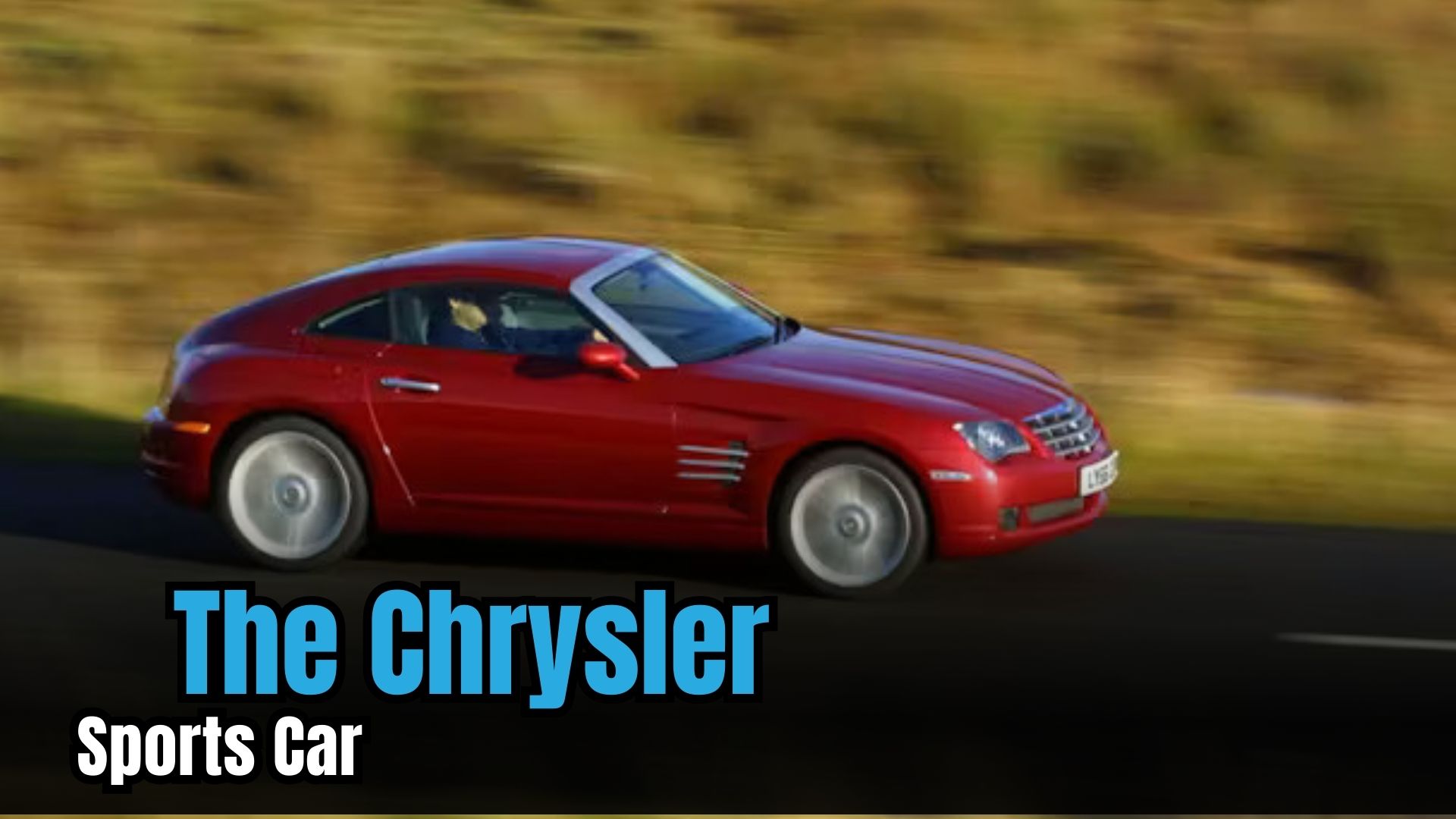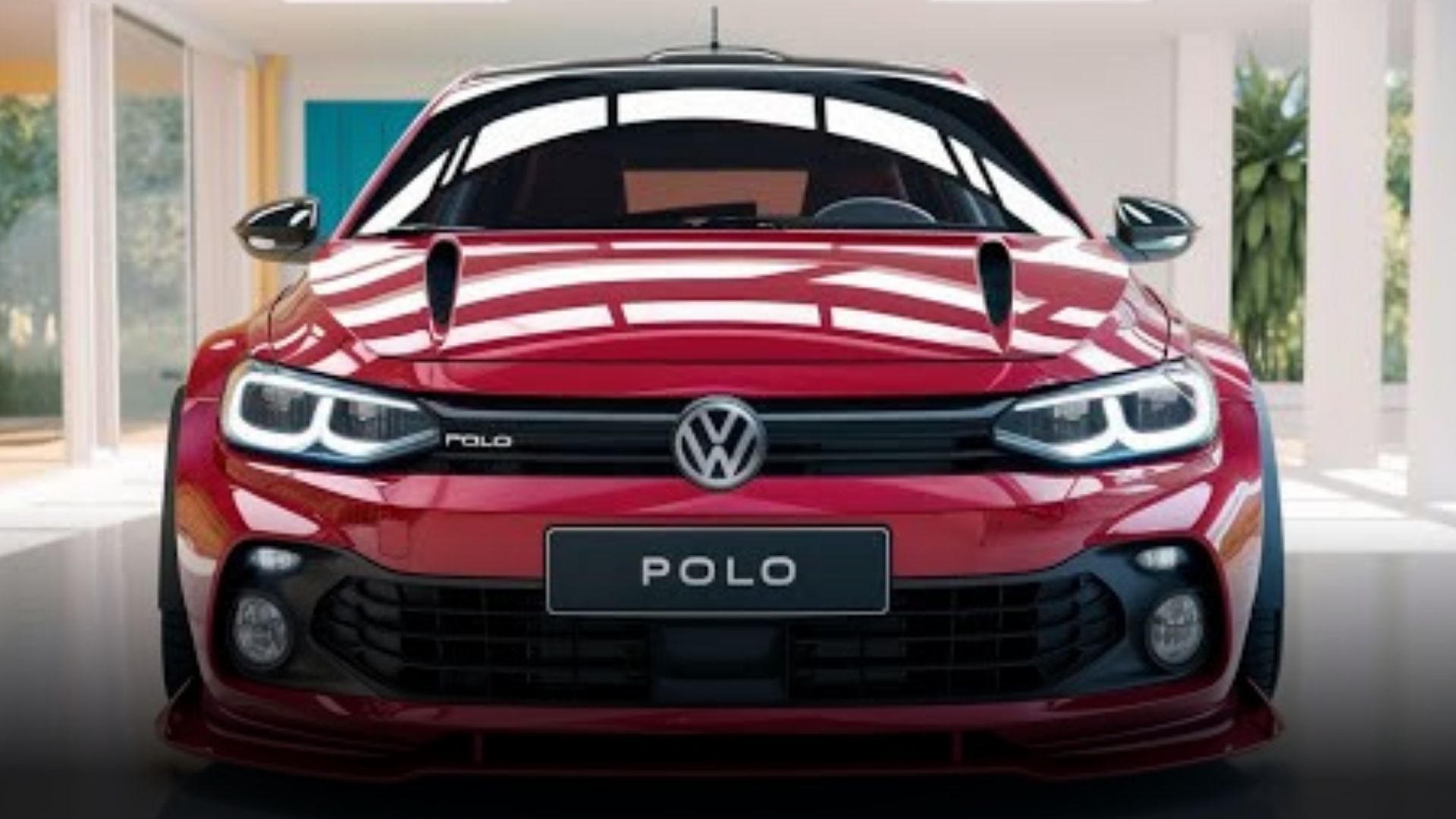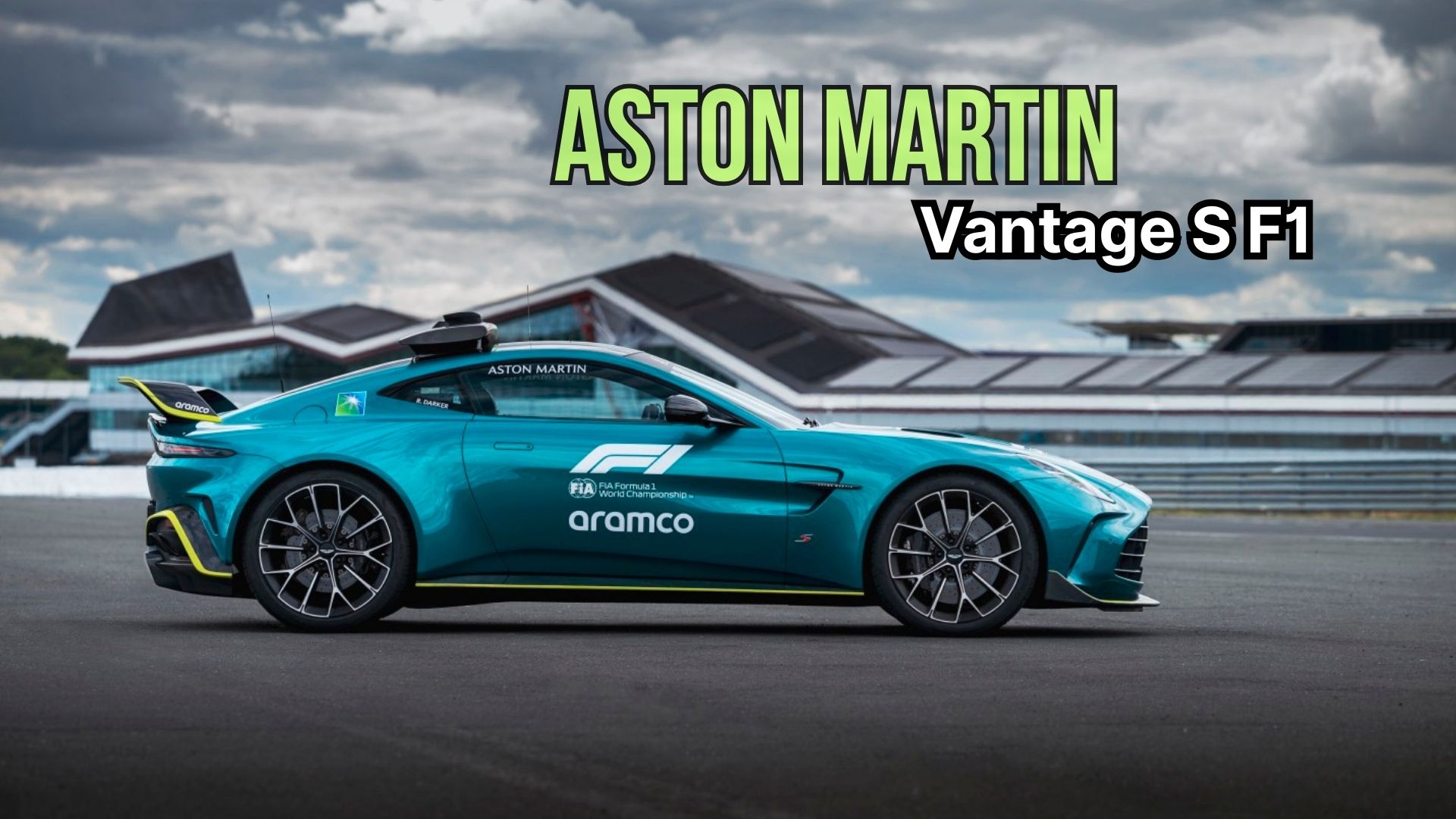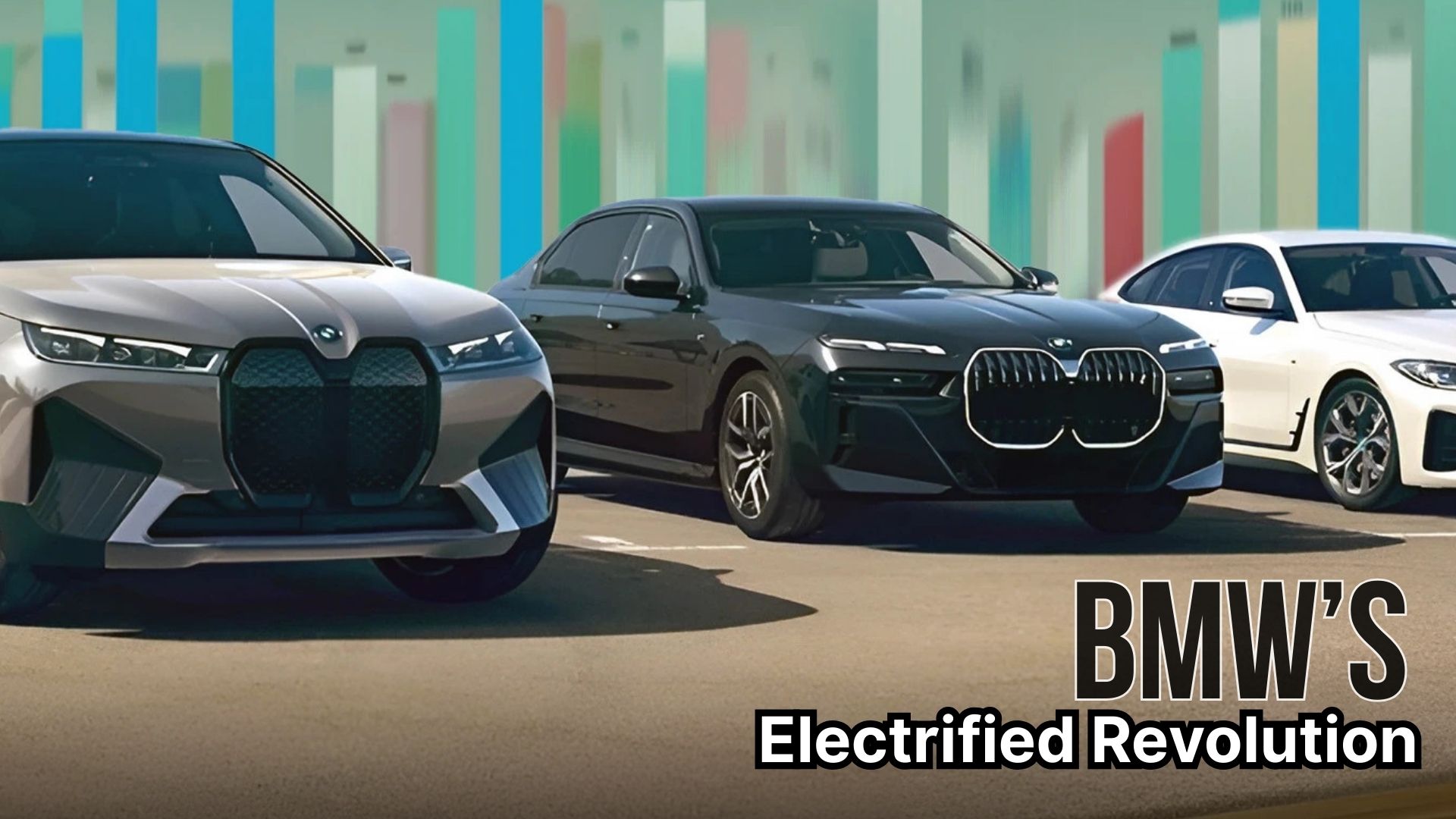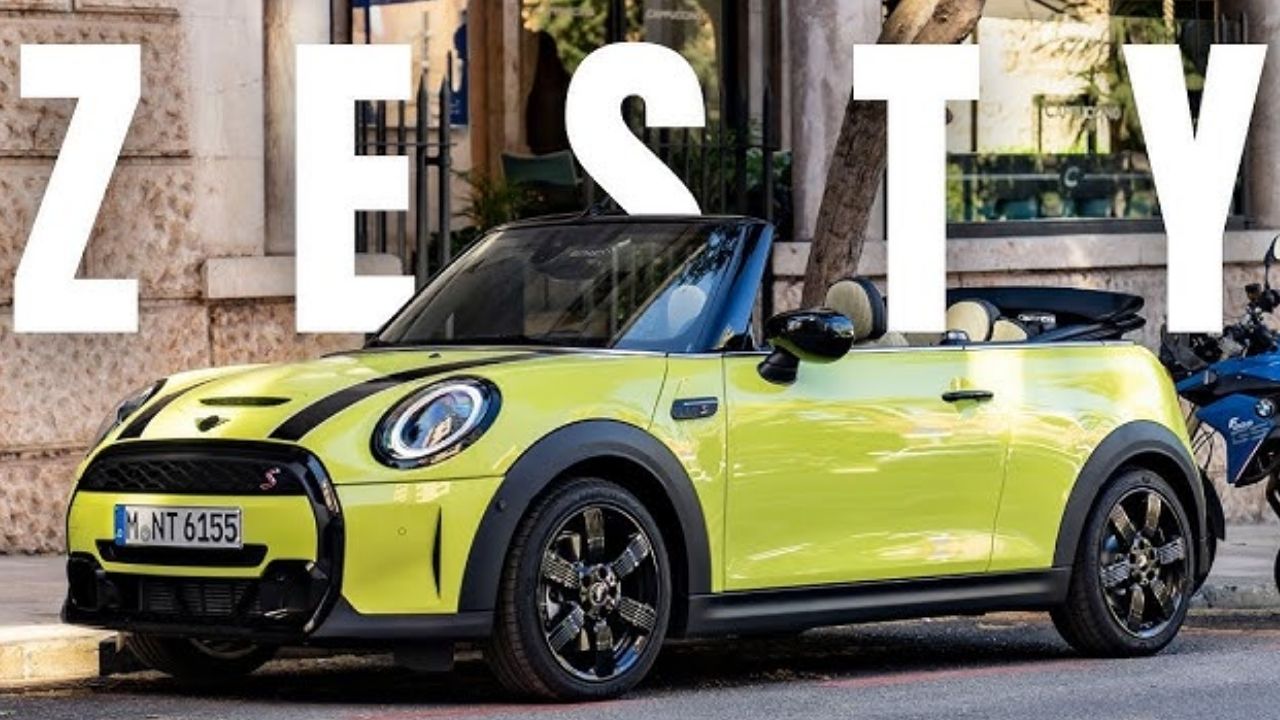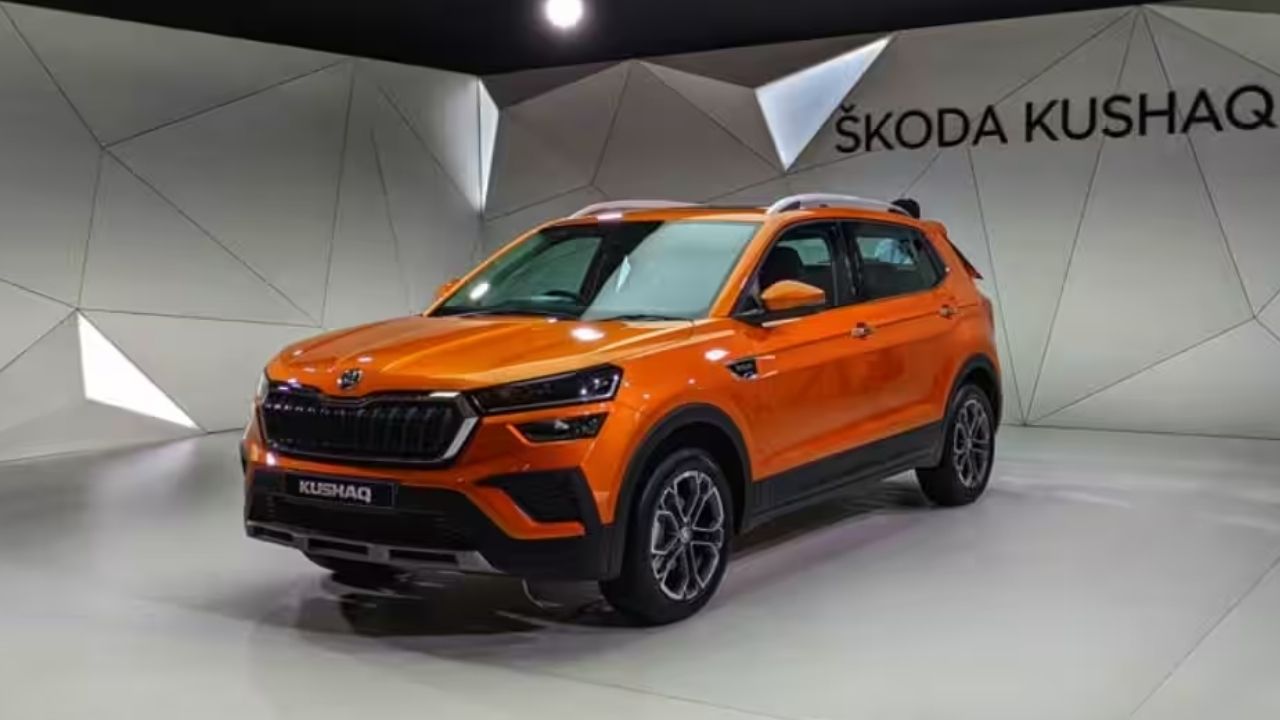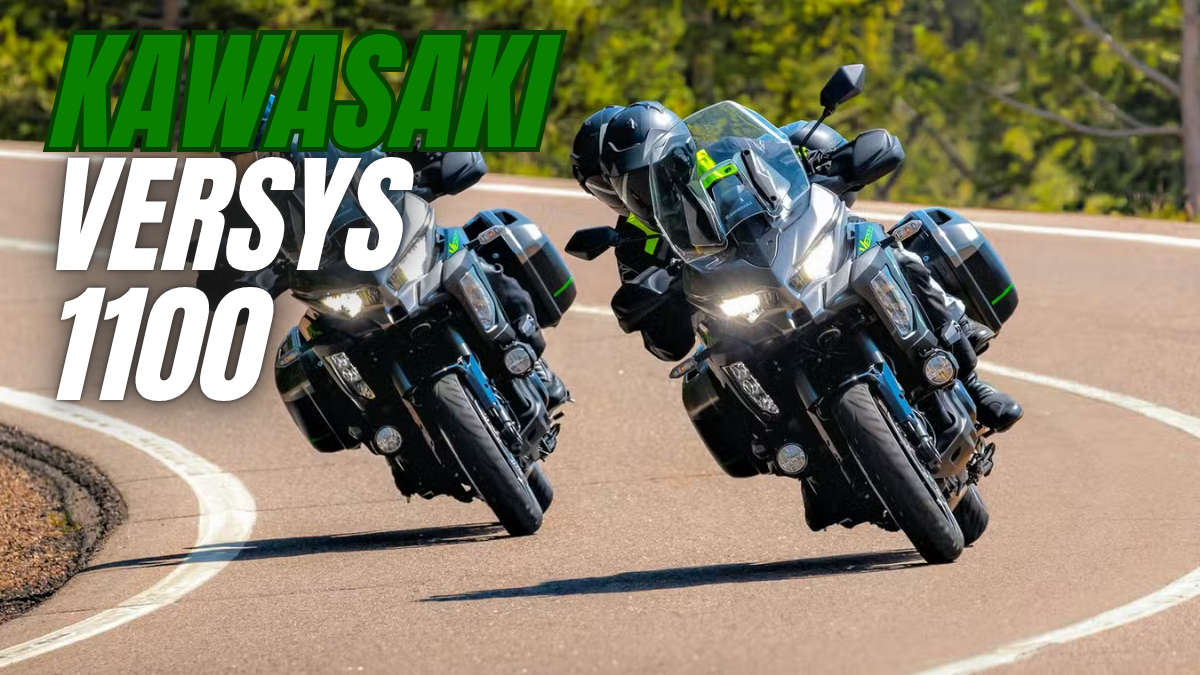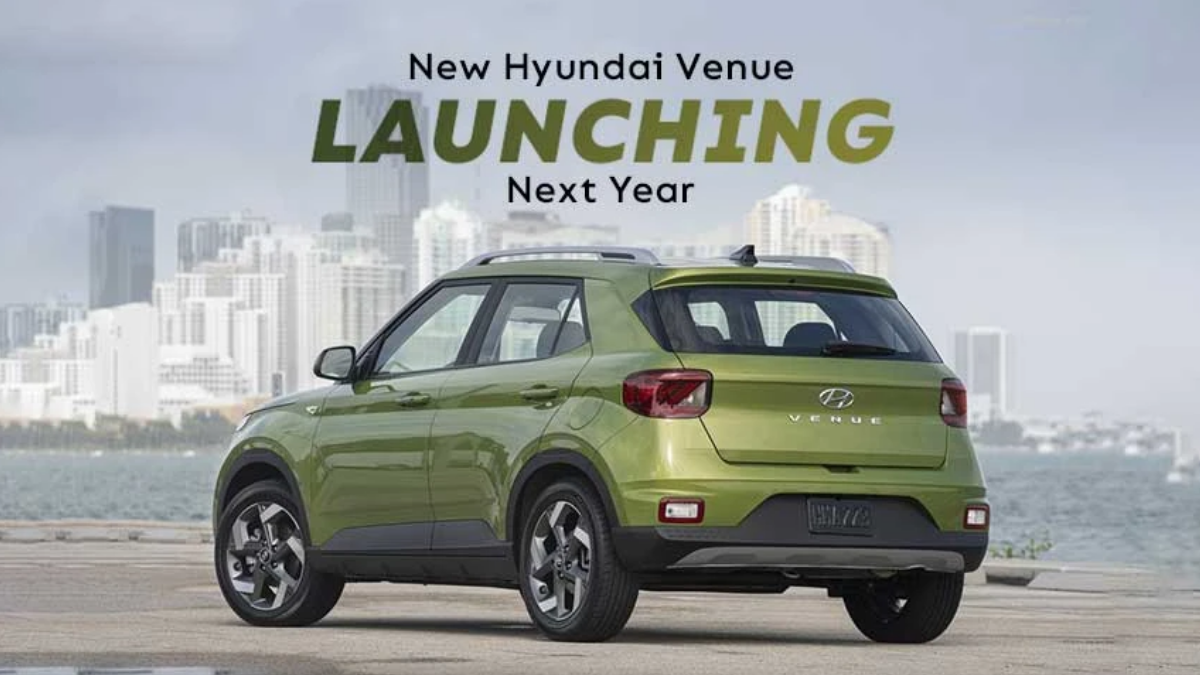Chrysler, known for its range of durable vehicles, achieved great success with models like the Pacifica and the iconic 300 sedan. However, nestled within the company’s 2000s lineup was a car that has largely been forgotten by the public the Chrysler Crossfire. A two-door sports car with European underpinnings and American styling, it garnered mixed reactions upon release but left a lasting impression as one of Chrysler’s most unusual and controversial models.
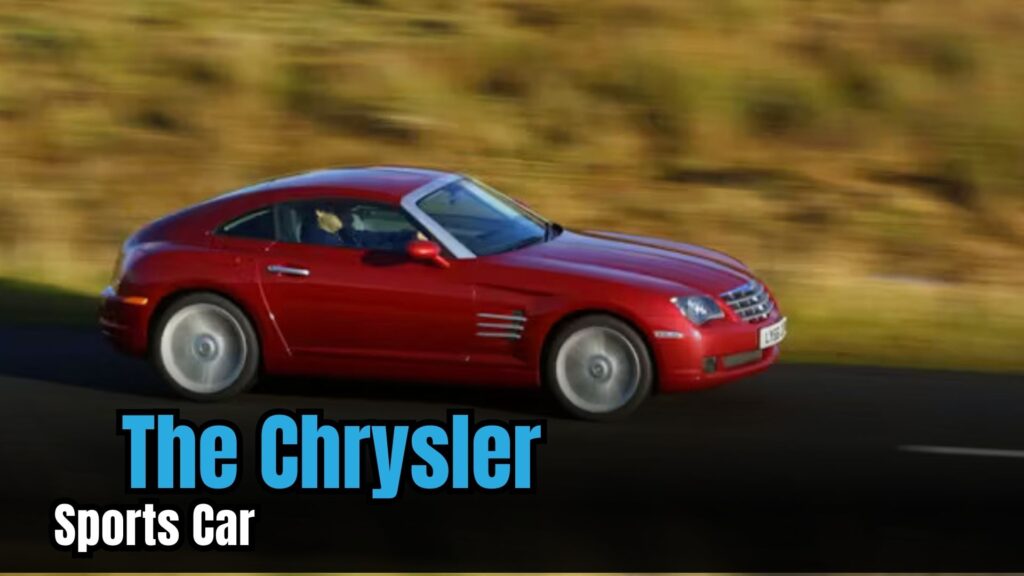
The Genesis of the Chrysler Crossfire
In the early 2000s, DaimlerChrysler, a joint venture between Chrysler and Daimler-Benz, aimed to elevate Chrysler’s image with a halo sports car that would reflect the brand’s growing diversity. The goal was clear: Chrysler needed a sports car to balance the rugged American luxury of the 300 sedan and the minivan-centric lineup that had defined its success in previous decades. To achieve this, Chrysler negotiated with Mercedes-Benz to share the platform of the SLK one of Mercedes’ signature roadsters.
The partnership allowed Chrysler to leverage the Mercedes SLK’s solid engineering while imbuing the design with a distinct American flair. With the combination of German engineering and American aesthetics, the Crossfire was born. The result was a car that married sleek European design with bold American styling cues.
When the Crossfire debuted in 2004, it came with great expectations. However, the public’s response was decidedly mixed, with some praising the car’s bold styling, while others criticized it for lacking refinement and a coherent identity. Despite these mixed reviews, Chrysler pushed forward with the vehicle, offering it in both coupe and convertible versions. In 2008, Chrysler ceased production of the Crossfire as part of its efforts to reduce costs during the financial crisis and following its separation from Daimler-Benz.
Summary Table
Feature |
Details |
|---|---|
Model |
Chrysler Crossfire |
Production Years |
2004-2008 |
Base Price (2004) |
$34,735 (Coupe), $39,130 (Convertible) |
Engine Options |
3.2L V6, 3.2L Supercharged V6 |
Horsepower |
215 hp (Base), 330 hp (SRT6) |
Performance |
0-60 mph in 6.3 sec (Base), 5.1 sec (SRT6) |
Top Speed |
154 mph (Base), 155 mph (SRT6) |
Fuel Economy |
15/23/18 (Base), 19/25/21 (SRT6) |
Website |
Chrysler Crossfire: The Basics
The Chrysler Crossfire was available in various trims, including base models and the high-performance SRT6. Each model offered a distinct driving experience, with engine options and performance specifications that appealed to different segments of the sports car market.
Specifications and Pricing
Model |
Base Price |
Engine |
Horsepower |
Torque |
0-60 mph |
Top Speed |
MPG (City/Highway/Combined) |
|---|---|---|---|---|---|---|---|
Chrysler Crossfire Coupe |
$34,735 |
3.2-liter V6 |
215 hp |
228 lb-ft |
6.3 sec |
154 mph |
15/23/18 |
Chrysler Crossfire Convertible |
$39,130 |
3.2-liter V6 |
215 hp |
228 lb-ft |
6.3 sec |
154 mph |
15/23/18 |
Chrysler Crossfire SRT6 Coupe |
$45,170 |
3.2-liter Supercharged V6 |
330 hp |
310 lb-ft |
5.1 sec |
155 mph |
19/25/21 |
Chrysler Crossfire SRT6 Convertible |
$49,470 |
3.2-liter Supercharged V6 |
330 hp |
310 lb-ft |
5.1 sec |
155 mph |
19/25/21 |
Design and Styling: A Divisive Appearance
The exterior design of the Chrysler Crossfire was one of its most polarizing features. The car was crafted to evoke classic coupe principles long hood, sloping roofline, and a sleek, muscular stance. The Crossfire was designed to appear more substantial than it actually was, giving it a sense of grandeur despite being no larger than the Mercedes-Benz SLK on which it was based.
Distinctive features like the ridge running along the hood and the side gills were intended to evoke nostalgia for American luxury cars of the past, emphasizing opulence and standout design. Chrysler aimed to make the Crossfire a true American icon by introducing these retro cues, but it also created a distinct look that set it apart from its European counterpart.
The high-performance SRT6 version of the Crossfire was visually differentiated by a fixed rear wing, a front splitter, and exclusive 15-spoke alloy wheels. These elements were designed to give the SRT6 an edge over the base model, enhancing its aggressive stance and muscle-car appeal.
Interior: Retro-Futuristic Appeal with Compromises
Inside, the Chrysler Crossfire continued the theme of blending retro and futuristic elements. A brushed aluminum center stack that ran from the center console to the air vents was one of the car’s standout features. This modern, industrial touch was paired with a range of interior colors, including striking red, reminiscent of classic American sports cars like the Chevrolet Corvette.
Despite the attractive design, the interior suffered from a lack of quality in the materials. Cheap plastics were used in areas such as the glove box and lower door panels, which became a point of contention for reviewers. This contrast was especially evident when compared to the more refined interiors of its European counterpart, the Mercedes-Benz SLK. These cost-cutting measures, combined with the high price tag, contributed to the Crossfire’s mixed reception.
Performance: Blending American Power with German Engineering
Under the hood, the Chrysler Crossfire offered a range of engine options. The base model was powered by a 3.2-liter V6 engine producing 215 horsepower, while the high-performance SRT6 featured a supercharged version of the same engine, delivering an impressive 330 horsepower. The SRT6 was capable of accelerating from 0-60 mph in just 5.1 seconds, offering a thrilling driving experience for enthusiasts.
Both versions were rear-wheel drive (RWD) and offered manual and automatic transmission options, depending on the model. This combination of American muscle and European engineering made the Crossfire an interesting alternative to other sports cars of the era.
The Crossfire’s Legacy: A Forgotten Classic
Despite its short-lived production run, the Chrysler Crossfire has become a forgotten modern classic in the world of American sports cars. Its distinctive design, coupled with a unique blend of European engineering and American styling, left a mark on the automotive world that is often overlooked. Today, the Crossfire remains a quirky footnote in Chrysler’s history a vehicle that was too ahead of its time for some, but beloved by a dedicated few who appreciate its bold design and performance.
Frequently Asked Questions (FAQs)
Q1: What is the Chrysler Crossfire?
A. The Chrysler Crossfire is a two-door sports car produced by Chrysler from 2004 to 2008. It was built on a platform shared with the Mercedes-Benz SLK, combining German engineering with American styling.
Q2: Why was the Chrysler Crossfire discontinued?
A. The Chrysler Crossfire was discontinued in 2008 as part of Chrysler’s efforts to cut costs during the financial crisis and following the company’s split from Daimler-Benz.
Q3: How much did the Chrysler Crossfire cost when new?
A. The base price of the Chrysler Crossfire started at $34,735 for the coupe and $39,130 for the convertible. The high-performance SRT6 models started at $45,170 (coupe) and $49,470 (convertible).
Q4: What engine did the Chrysler Crossfire use?
A. The Chrysler Crossfire was offered with a 3.2-liter V6 engine, with the SRT6 model featuring a supercharged version of the same engine producing 330 horsepower.
Q5: Is the Chrysler Crossfire a good car to buy used?
A. While the Chrysler Crossfire offers a unique driving experience, it is important to inspect the car thoroughly for potential issues related to its age and the interior’s build quality. Used models can be an affordable option for enthusiasts who appreciate its design and performance.
